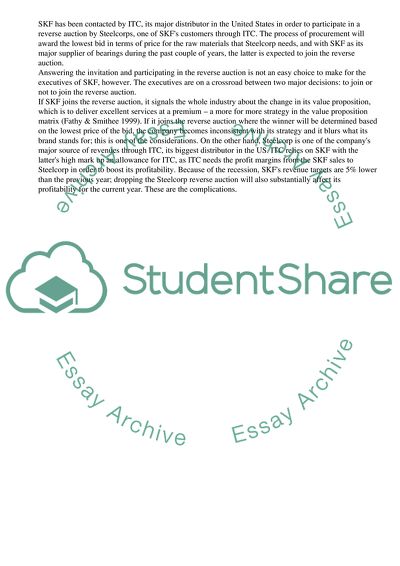Cite this document
(“The Strategy of the World's Largest Producer of Bearings Case Study - 10”, n.d.)
The Strategy of the World's Largest Producer of Bearings Case Study - 10. Retrieved from https://studentshare.org/business/1738249-strategic-management
The Strategy of the World's Largest Producer of Bearings Case Study - 10. Retrieved from https://studentshare.org/business/1738249-strategic-management
(The Strategy of the World'S Largest Producer of Bearings Case Study - 10)
The Strategy of the World'S Largest Producer of Bearings Case Study - 10. https://studentshare.org/business/1738249-strategic-management.
The Strategy of the World'S Largest Producer of Bearings Case Study - 10. https://studentshare.org/business/1738249-strategic-management.
“The Strategy of the World'S Largest Producer of Bearings Case Study - 10”, n.d. https://studentshare.org/business/1738249-strategic-management.


